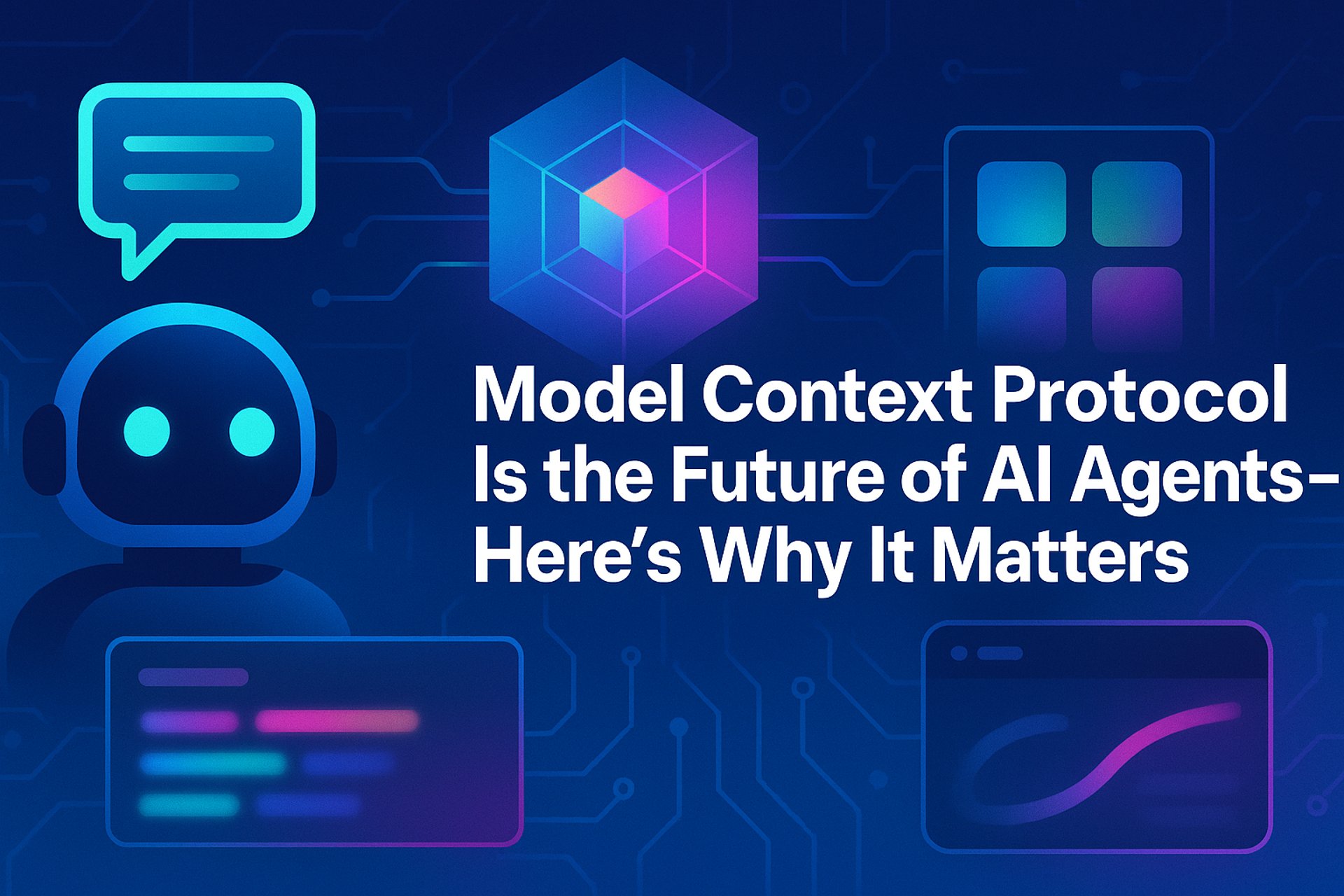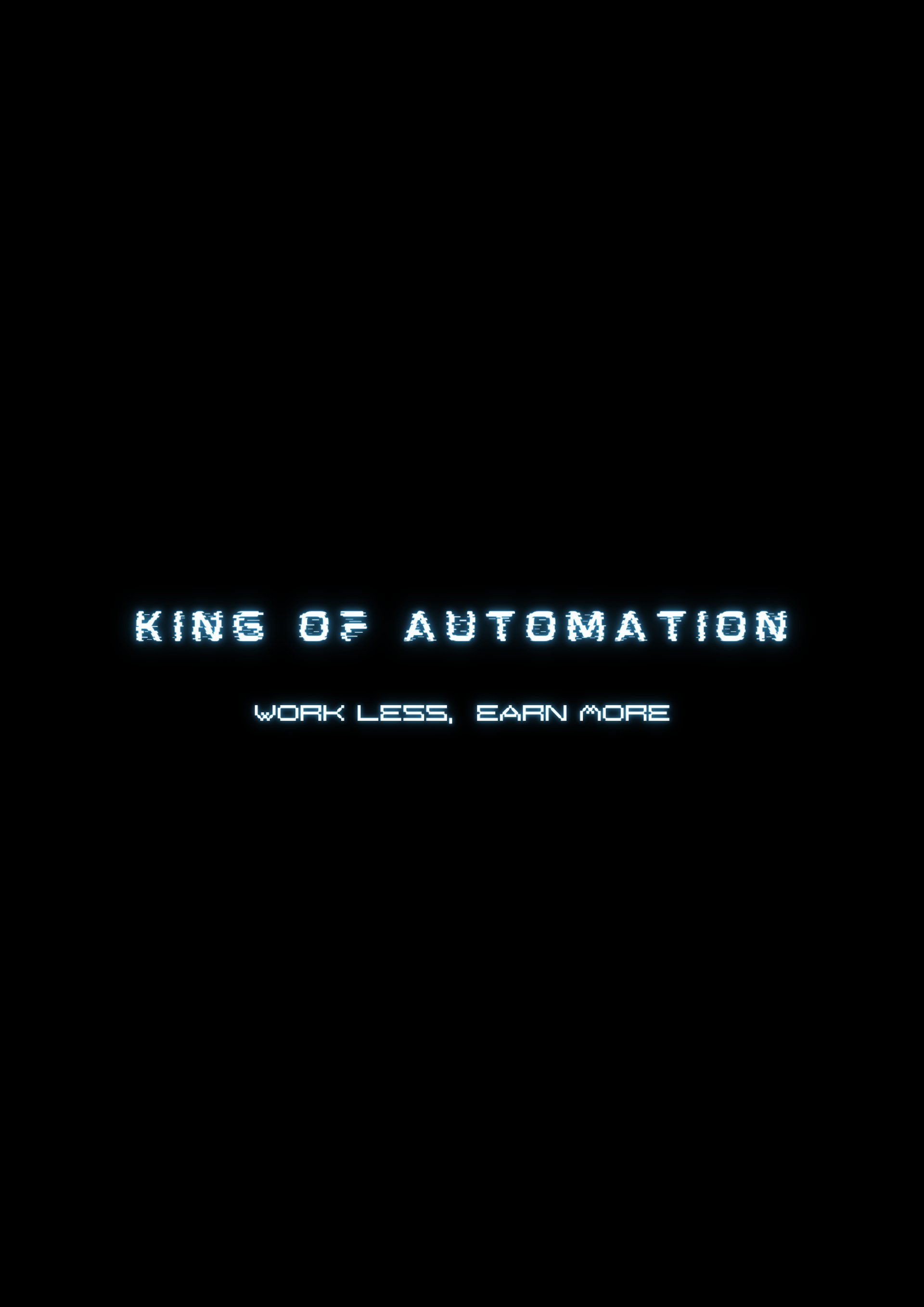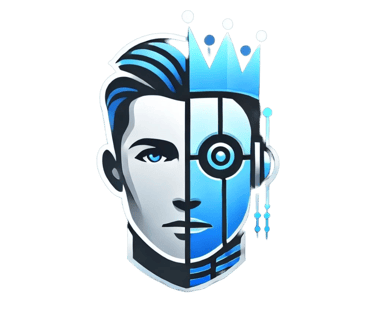WELCOME TO THE FUTURE
Model Context Protocol Is the Future of AI Agents—Here's Why It Matters
AI NEWS
Lilo
5/12/2025

AI agents are getting smarter—but this one protocol might make them unstoppable
For years, building AI-powered workflows has felt like assembling IKEA furniture blindfolded. Every tool integration required its own node, every API call a unique configuration, and when something inevitably broke—usually after a vendor updated their endpoints—you were back at square one, dragging and dropping your way through hours of maintenance. If that sounds familiar, brace yourself. Everything is about to change.
What is Model Context Protocol (MCP), really?
Forget the hype. Model Context Protocol—or MCP—isn’t some magical new AI model or a secret shortcut to AGI. It’s a protocol. A standard. But don’t let the simplicity fool you. Like HTTP changed the internet, MCP is poised to redefine how AI agents interact with tools, services, and ultimately, your business workflows.
At its core, MCP standardizes how large language models (LLMs) find, understand, and call external tools. Instead of manually configuring every single node in your automation platform—be it Make, Zapier, or n8n—you grant your AI agent access to an MCP server. That server contains a family of tools. The agent reads the context, picks the right tool, and performs the task. No spaghetti diagrams. No repetitive setup. Just plug, think, and execute.
From node hell to intelligent orchestration
If you’ve ever built a lead enrichment flow—scrape website, find contact email, update CRM—you know the pain. Each step is a separate node. Each node needs configuration. Change one thing, and the whole house of cards collapses.
With MCP? You connect to a single server, say “lead enrichment,” and your AI agent does the rest. It’s like replacing a dozen manual gears with a self-driving engine. You don’t need to tell it how to get from A to B—it figures it out, safely and efficiently.
I tested this inside n8n using a self-hosted setup. Previously, I had to configure five separate Google Calendar tools—for creating, deleting, updating, and retrieving events. With MCP, I connected once. The AI agent asked “What tools are available?” and responded with every option, dynamically. Zero setup. Minutes saved turned into hours. Hours turned into freedom.
Why MCP isn’t just another hype cycle
Protocols only become powerful when they gain traction. HTTP didn’t matter until browsers adopted it. Email wasn’t useful until everyone had an inbox. MCP is now hitting that critical mass—especially with OpenAI and Anthropic both backing it.
The implications are massive. Instead of one engineer building a tool integration for one company, they build an MCP server—and every AI agent in the world can use it. That’s not just leverage. That’s infrastructure. And infrastructure is where real power accumulates.
Why accuracy skyrockets with MCP
Traditional AI agents often fumble because tools are configured inconsistently. One engineer’s prompt differs from another’s. One node’s input schema is a mess. With MCP, every tool speaks the same language. The input formats are standardized. The prompts are battle-tested. Accuracy goes from 95% to near-flawless—because ambiguity gets eliminated by design.
So... should you use MCP right now?
Here’s the honest take: not yet for clients. Most MCP servers today are still experimental. Integrations are limited. Implementations are buggy. If your clients need stability, stick to proven flows. But if you’re building internal tools, now is the time to experiment. Play. Break things. Understand the direction this is heading.
Because when MCP becomes mainstream—and it will—you’ll already be miles ahead. You’ll have the expertise, the case studies, and the authority to lead. This isn’t about chasing shiny objects. It’s about building the skill stack that tomorrow’s automation economy will demand.
How to future-proof your AI automation strategy
MCP is the missing link between LLMs and APIs. It bridges the last-mile problem of AI automation—connecting intelligent reasoning to action. In the next 6-12 months, expect to see a flood of new MCP servers for platforms like ClickUp, HubSpot, QuickBooks, and Google Workspace. Eventually, MCP support will be standard in tools like Make, Zapier, and n8n.
The real opportunity? Build MCP servers yourself. If you’ve got dev talent, offer this as a service. Or contribute to the ecosystem and ride the credibility wave. Either way, it’s leverage. High-impact, low-maintenance, infinitely scalable leverage.
In the same way APIs made the modern web possible, MCP will make AI agents practical. It doesn't solve everything, but it solves the part that’s been holding us back—the grind of wiring, mapping, and maintaining endless tool connections. And when that disappears, what’s left is pure strategic execution.
The best automators won’t just be tool experts. They’ll be protocol architects. And MCP is the blueprint.
If you're building AI agents today, don’t ignore this. Watch it closely. Experiment where it’s safe. And get ready—because when MCP goes mainstream, the entire automation game levels up.
Curious how MCP could fit into your AI automation strategy—or wondering where to begin experimenting? Let’s map it out together. Book a consultation and we’ll explore how to future-proof your operations before the rest of the world catches up.
Contact us
Whether you have a request, a query, or want to work with us, use the form below to get in touch

© Copyright King of Automation 2024. All Rights Reserved.


